By the year 2100, a significant transformation is expected across the United States, with thousands of cities potentially becoming akin to ghost towns.
This is based on a study published in Nature Cities, which projects a stark decline in the populations of approximately 15,000 cities. This widespread depopulation is anticipated to spare only Hawaii and Washington, D.C., reshaping the urban landscape of the country dramatically.
Factors Driving Urban Depopulation
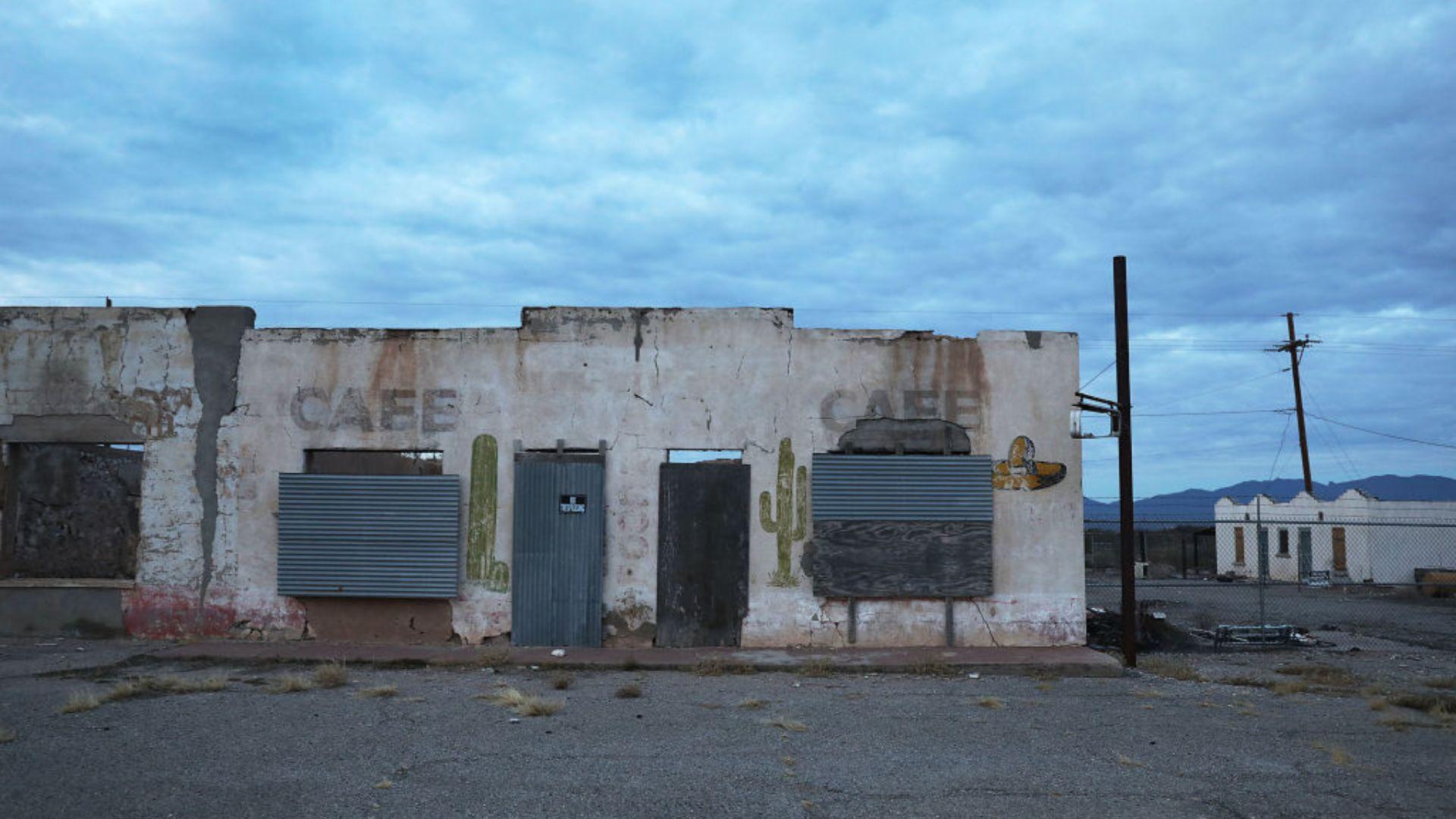
Scientific American reports that the decline in urban populations is attributed to a variety of factors, including the downturn of industrial sectors, reduced birth rates, and the consequences of climate change.
“The way we’re planning now is all based on growth, but close to half the cities in the U.S. are depopulating,” said Sybil Derrible, an urban engineer at the University of Illinois Chicago.
Small Cities at Risk
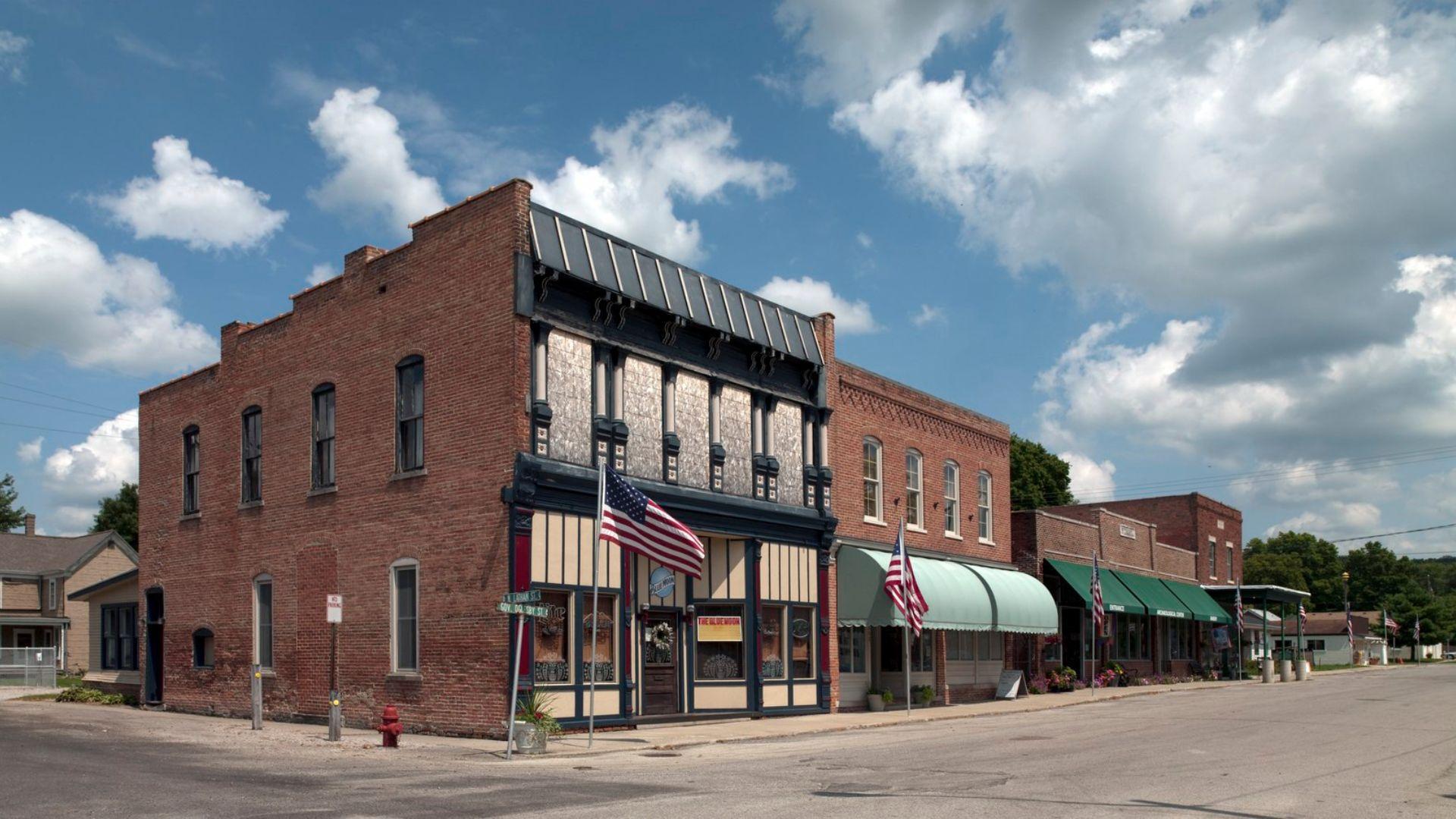
The phenomenon of urban depopulation is not limited to America’s largest cities; it extends to smaller cities across the nation.
The research, which extended an analysis initially focused on Illinois to the broader U.S., indicates that the scale of depopulation could be extensive. “Most studies have focused on big cities, but that doesn’t give us an estimation of the scale of the problem,” said lead study author Uttara Sutradhar.
Northeast and Midwest to Bear the Brunt
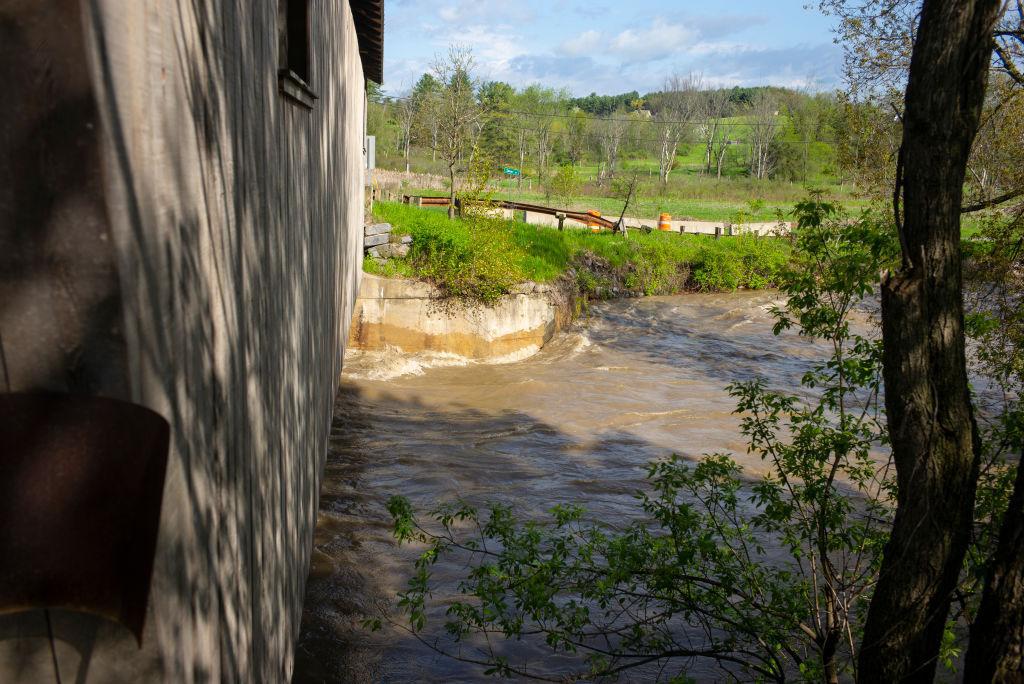
The regions expected to face the most significant challenges with depopulation are the Northeast and Midwest.
According to the study’s projections, states like Vermont and West Virginia might see more than 80% of their cities experiencing population declines.
Population Growth in the South and West
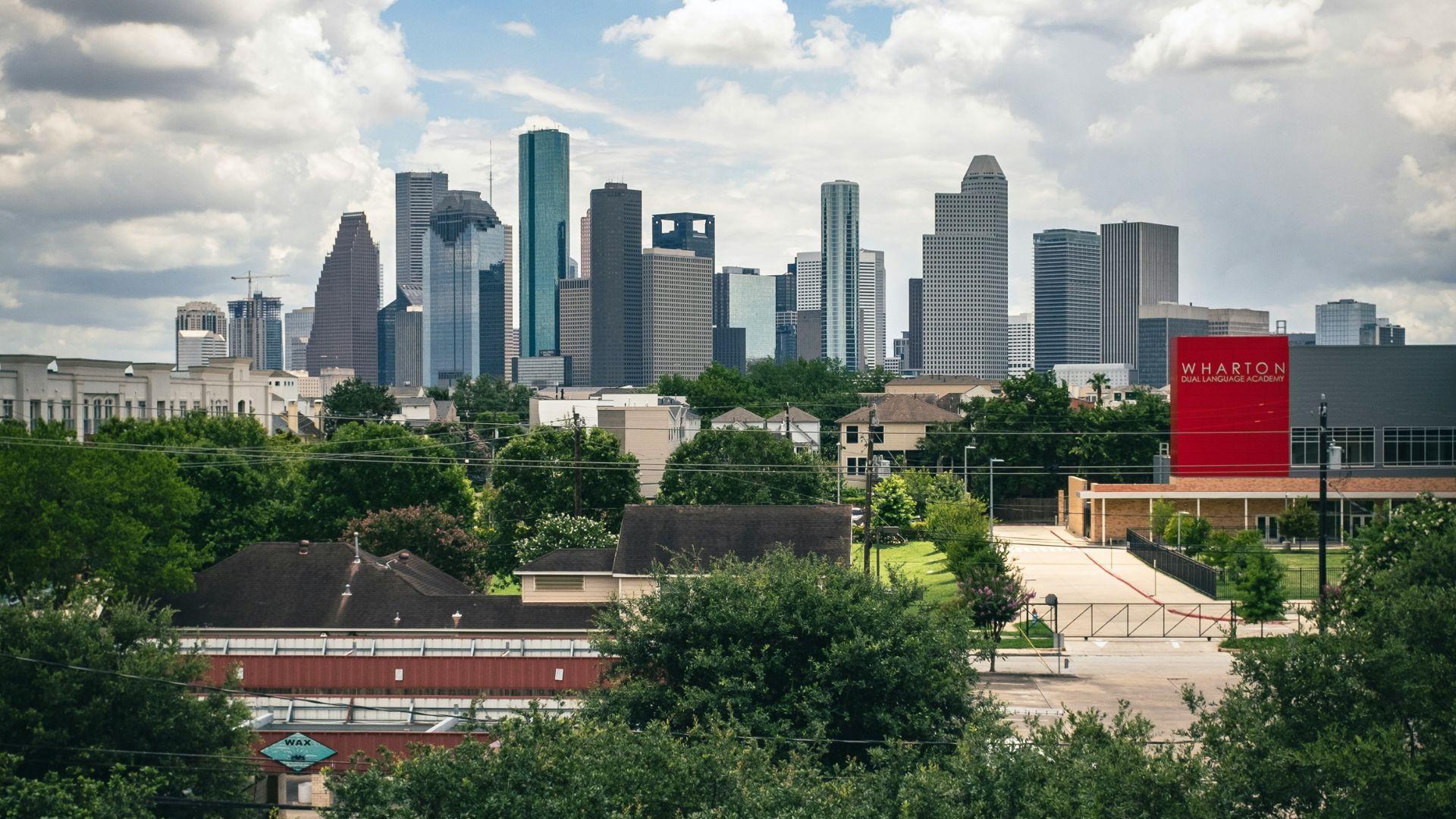
Scientific American reveals that in contrast to the depopulation trends in the Northeast and Midwest, cities in the South and West are projected to experience population growth.
This divergent pattern illustrates the uneven impact of demographic changes across the country. The study suggests that urban areas in these regions might continue to attract residents, contributing to a redefined national urban landscape.
The Complex Causes of Urban Decline
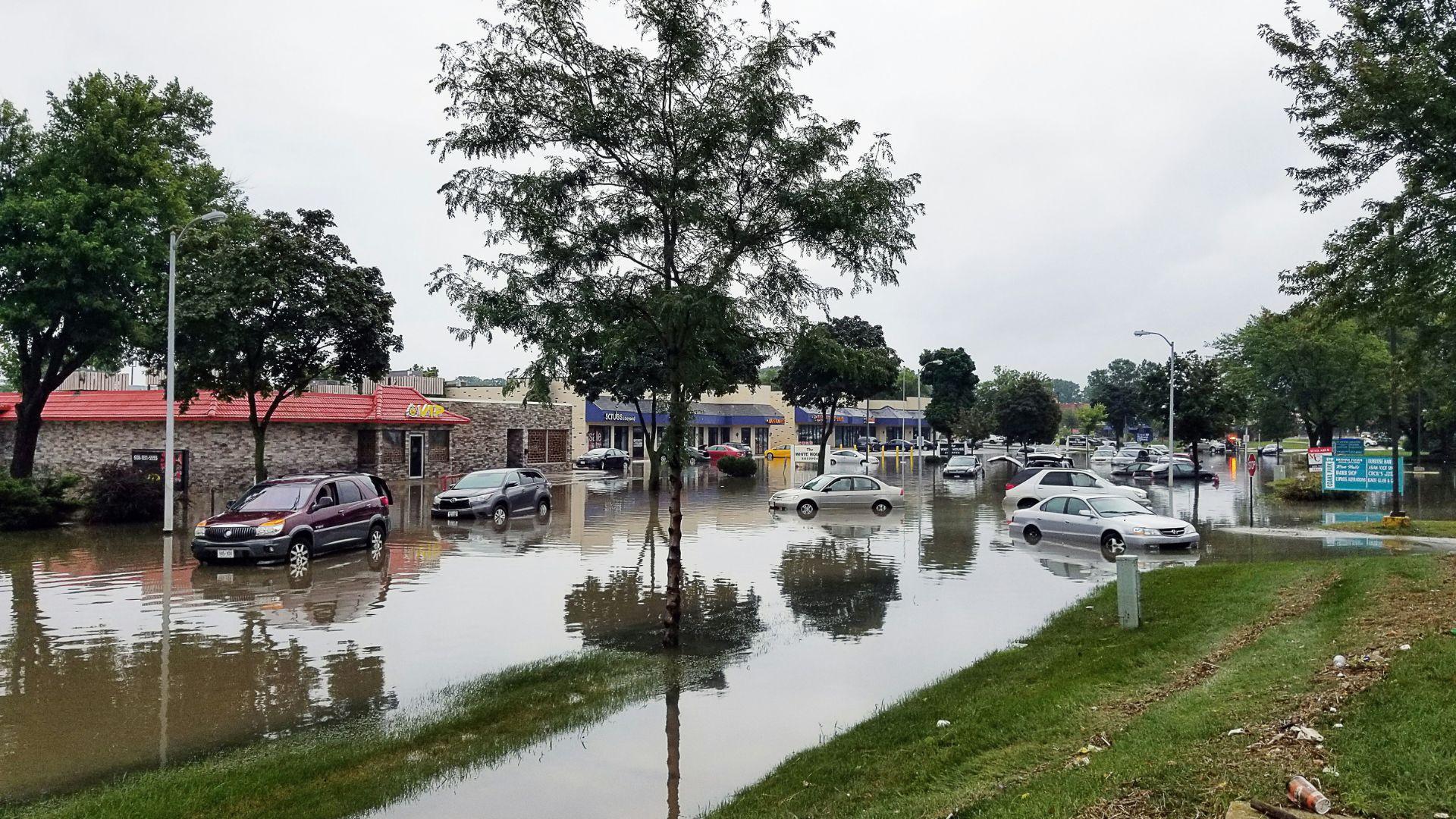
The study outlines a complex mix of factors contributing to urban depopulation, including economic shifts, demographic trends, and environmental changes.
Sutradhar explained that there is likely a complex mix of variables at play that differ by location, emphasizing the multifaceted nature of urban decline.
Reimagining Urban Planning

The findings from the study call for a significant reevaluation of urban planning practices, moving away from growth-centric models, The New York Post notes.
This reorientation would involve preparing for and managing shrinking populations in a manner that maintains, or even enhances, urban livability. It represents a critical juncture for urban development, requiring innovative approaches to planning and governance.
Depopulation Beyond Major Metropolises
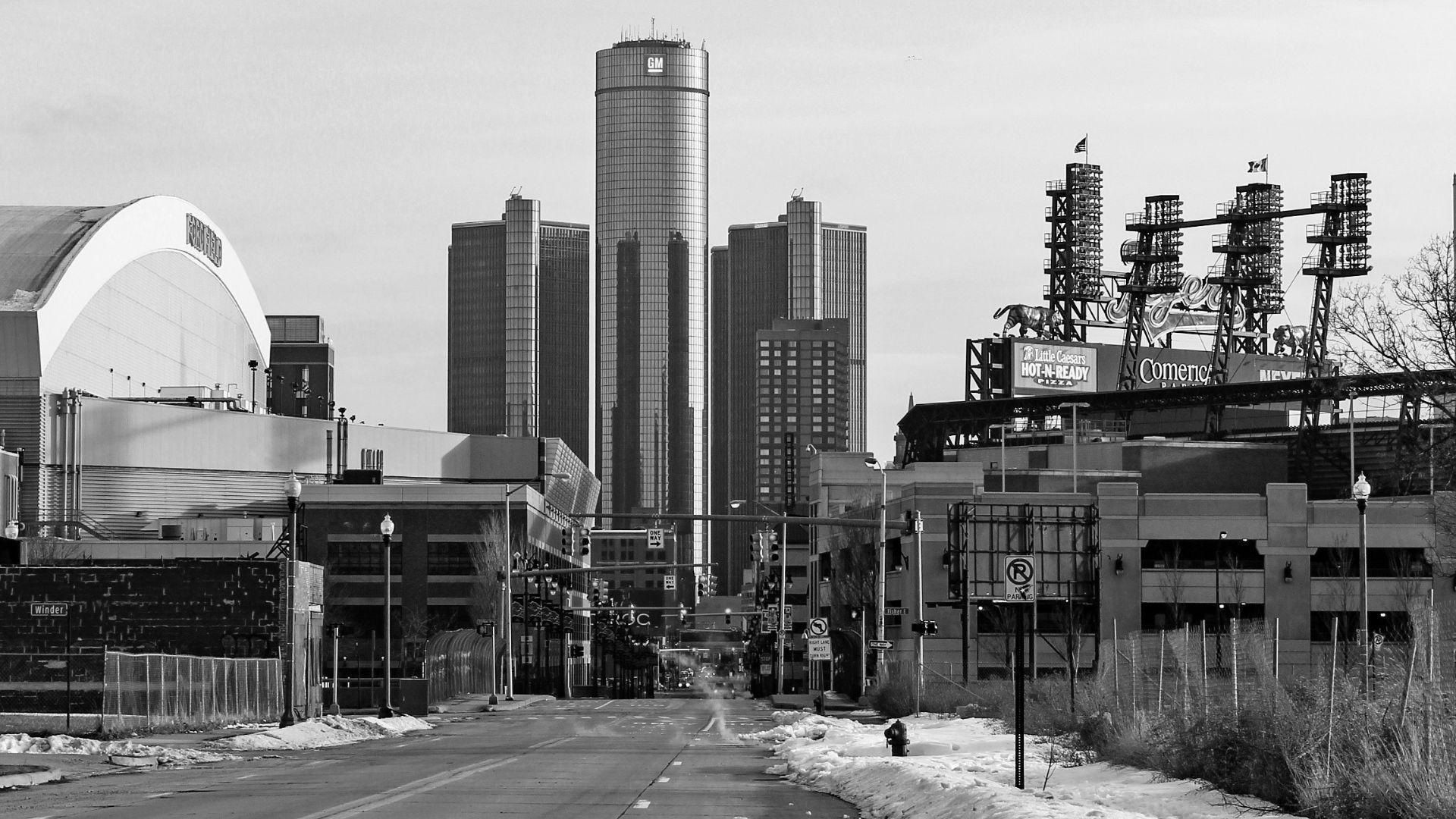
The New York Post reports that cities like Detroit and Cleveland have become synonymous with urban decline, but the study reveals that depopulation is a widespread issue, affecting many parts of the U.S.
This broader perspective on urban shrinkage expands the conversation beyond individual cities, highlighting the need for a national strategy to address the challenges of depopulation.
Migration Trends Post-COVID-19
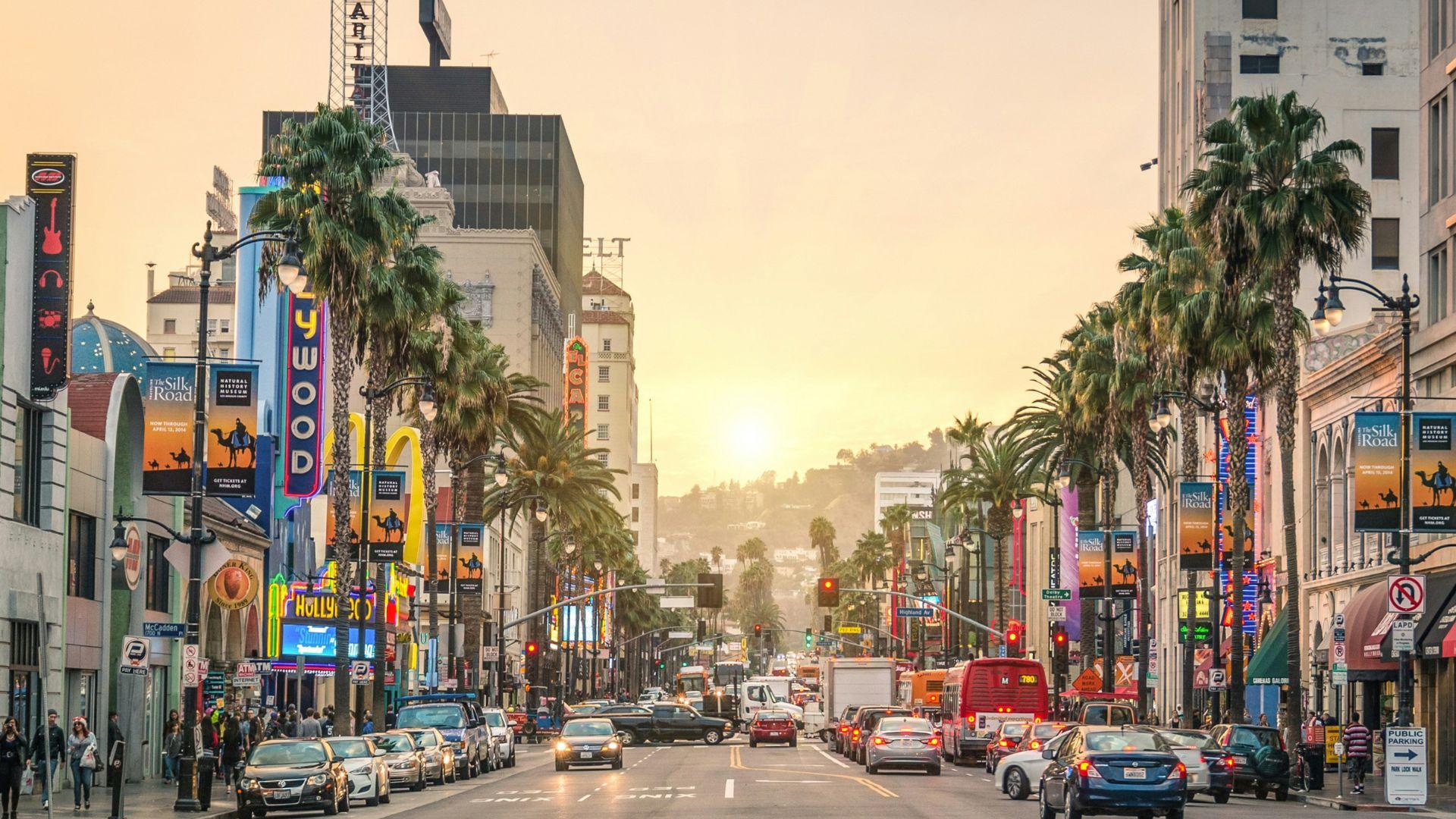
The study also touches on migration patterns following the COVID-19 pandemic, noting a shift towards Southern states from places like California and New York.
This “Sun Belt migration” first reported by Fox Business, is driven by factors such as cost of living and tax rates, illustrating how socio-economic and environmental factors continue to reshape the distribution of the U.S. population.
Urban Decline Across the Board
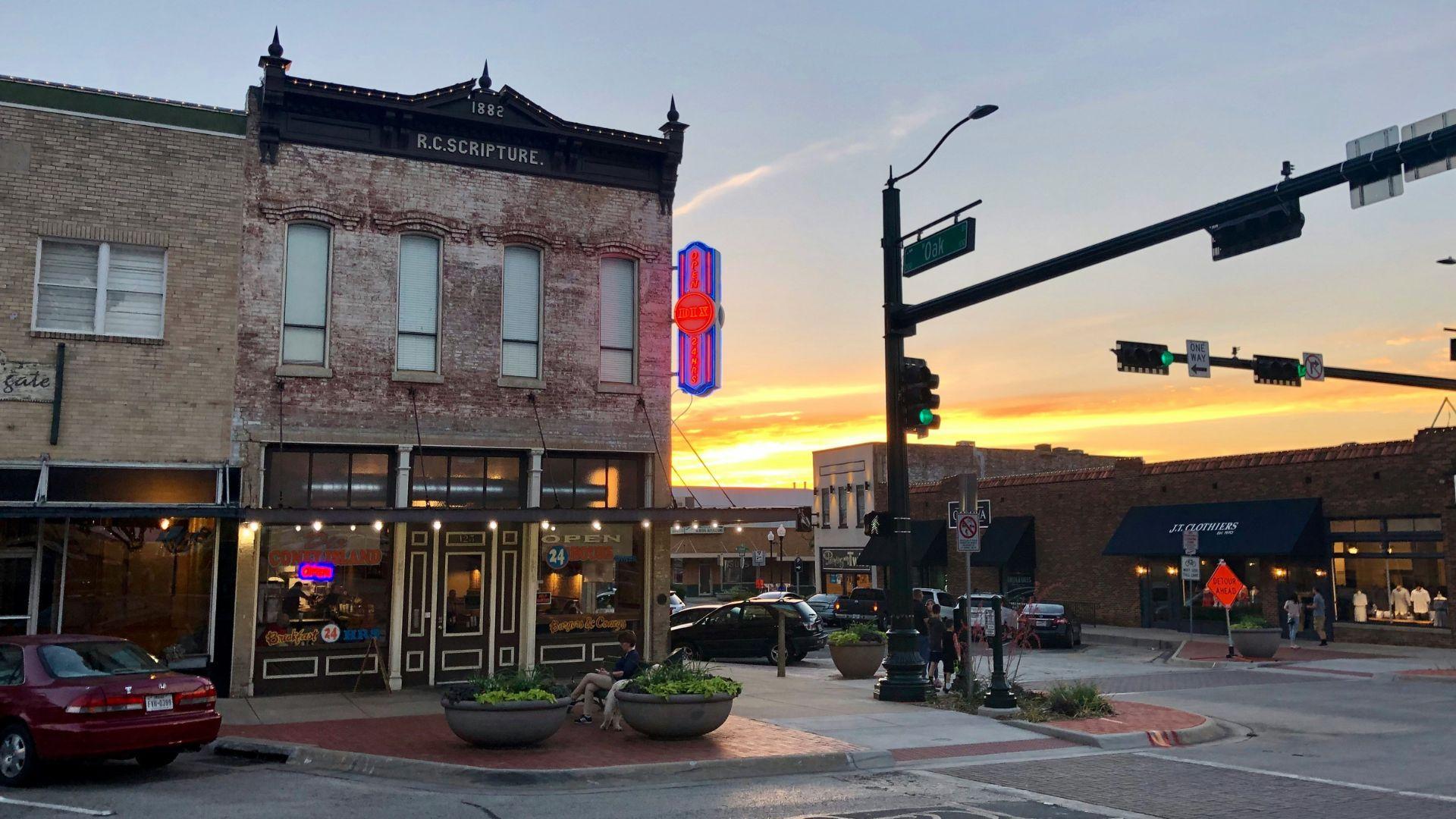
The phenomenon of urban depopulation is not confined to any single type of city but is occurring across a spectrum of urban areas, from major metropolitan centers to smaller towns.
This widespread trend demonstrates the need for a comprehensive understanding of urban dynamics and the development of strategies to address the challenges associated with shrinking populations, Scientific American notes.
Viewing Depopulation as an Opportunity
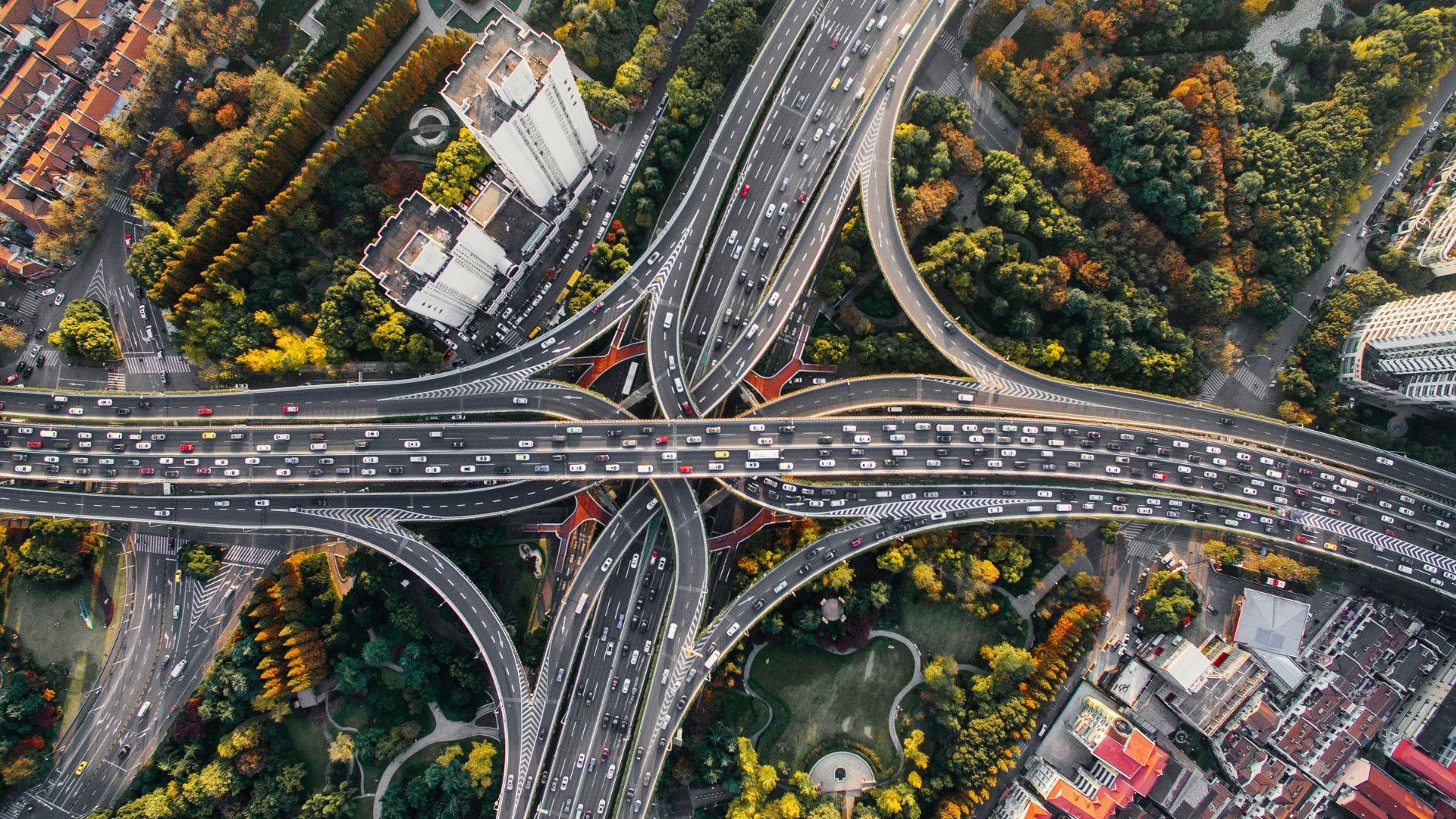
The study suggests viewing depopulation not merely as a challenge but as an opportunity to rethink urban infrastructure and services.
“We should see this not as a problem but as an opportunity to rethink the way we do things,” Derrible stated.
Preparing for a Different Urban Future

As the United States moves towards the year 2100, the projected changes in urban populations prompt a reevaluation of how cities are planned and managed.
The study serves as a call to action for policymakers and urban planners to begin adapting to a future where many cities may have significantly smaller populations, Scientific American explains. This forward-looking approach is crucial for creating sustainable and resilient urban environments for future generations.
